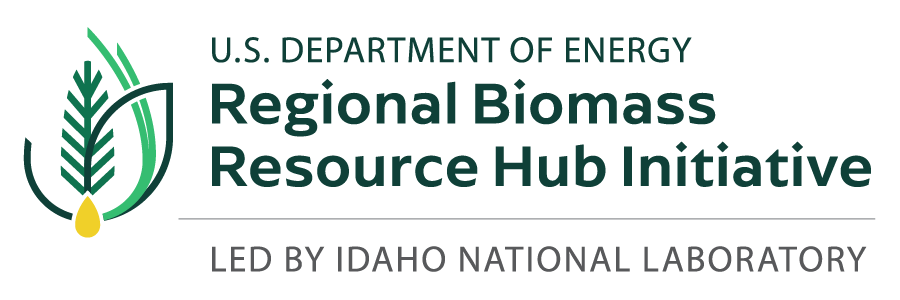Description
The NREL Biomass Compositional Analysis Team offers comprehensive characterization of biomass materials including lignin, structural carbohydrates (glucan, xylan, galactan, arabinan, mannan), ash, protein, non-structural/soluble materials, and total mass closure using internationally-recognized Laboratory Analytical Procedures (LAPs). Our methods can also distinguish among different glucose-containing fractions when present simultaneously, e.g., cellulose, starch, and free sugars. These methods have been proven on hardwoods, softwoods, herbaceous grasses, crop residues, anatomical fractions (roots, grains, leaves, stems), MSW, food wastes, and agricultural wastes.
We also have expertise in rapid characterization via near-infrared (NIR) spectroscopy and multivariate modeling. Successful characterization models include hardwood, softwood, corn stover, mixed herbaceous feedstocks, pretreated solid and liquid fraction intermediates, fermentation feeds and products (online, at-line). We can work with researchers to develop new rapid characterization models by leveraging our existing models and adding additional samples into the calibration data sets.
Capability Bounds
Solid samples should be milled to pass through a 2mm screen. Mass requirements are typically 1-5 grams. NIR analysis is a non-destructive analytical technique and thus requires no additional sample material.
Unique Aspects
The NREL Laboratory Analytical Procedures (LAPs) are internationally recognized as the de facto standard for biomass compositional analysis. The dedicated NREL analytical staff is also internationally recognized and has over 100 years of collective experience with biomass analysis.
Availability
NREL’s analytical team regularly supports numerous BETO-funded tasks with accurate and precise analytical data as well as multiple industrial and academic partners.
Benefit
Biomass compositional analysis data provide essential phenotypic data for correlation with genetic and environmental/agronomic data generated by primary researchers. The compositional analysis data are also routinely used in techno-economic analysis (TEA) and life-cycle analysis (LCA) studies.
Capability Expert(s)
Justin Sluiter, Darren Peterson, Katie Michel, Ed Wolfrum
References
NREL’s Biomass Compositional Analysis Laboratory Procedures (opens in new window)
Sluiter, Justin B., et al. “Compositional analysis of lignocellulosic feedstocks. 1. Review and description of methods. (opens in new window)” Journal of agricultural and food chemistry 58.16 (2010): 9043-9053.
Templeton, David W., et al. “Compositional analysis of lignocellulosic feedstocks. 2. Method uncertainties. (opens in new window)” Journal of agricultural and food chemistry 58.16 (2010): 9054-9062.
Sluiter, Justin B., et al. “Direct determination of cellulosic glucan content in starch-containing samples. (opens in new window)” Cellulose 28 (2021): 1989-2002.
Templeton, David W., et al. “Assessing corn stover composition and sources of variability via NIRS. (opens in new window)” Cellulose 16 (2009): 621-639.
Tillman, Zofia, and Edward J. Wolfrum. “Comparing Calibration Algorithms for the Rapid Characterization of Pretreated Corn Stover Using Near-Infrared Spectroscopy. (opens in new window)” Frontiers in Energy Research 10 (2022): 878973.
